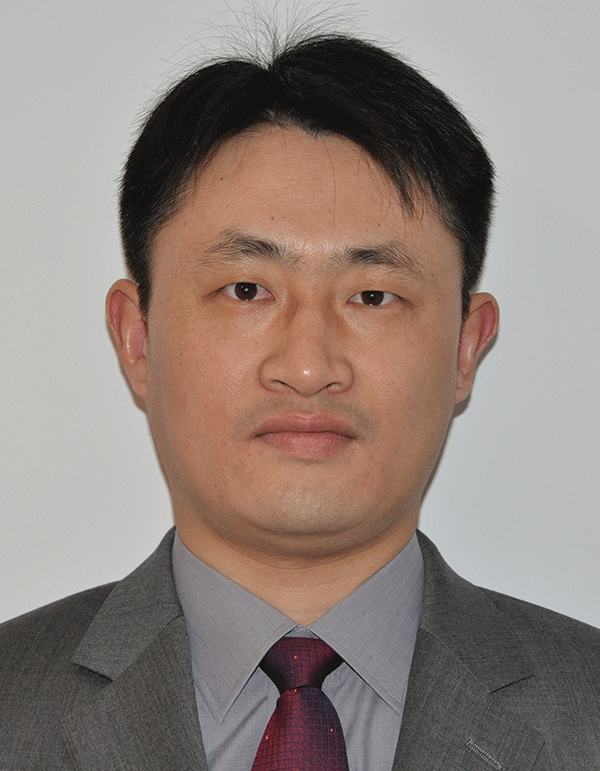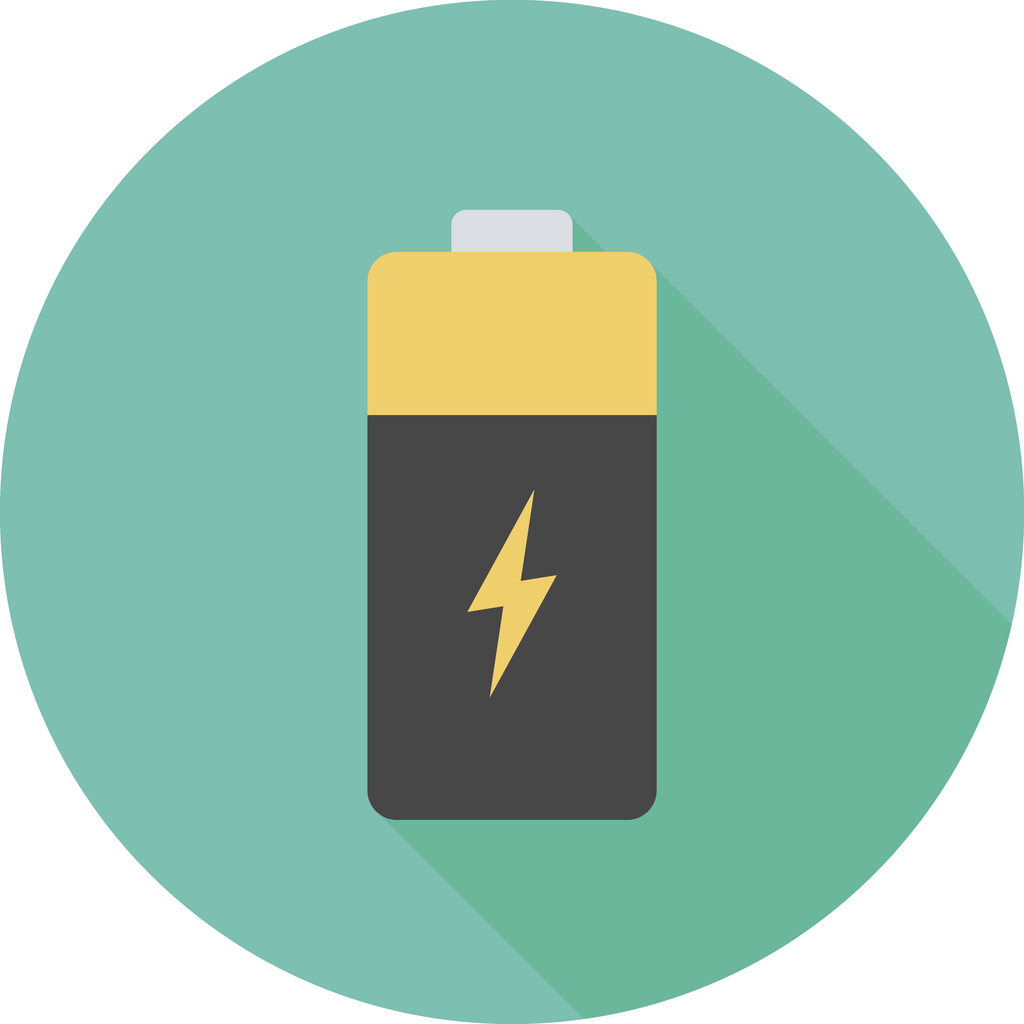 Minhua Shao is an associate professor at the Hong Kong University of Science and Technology, where he leads a research group pursuing work in advanced material and electrochemical energy technologies. Shao’s current work focuses on electrocatalysis, fuel cells, lithium-ion batteries, lithium-air batteries, CO2 reduction, and water splitting. Shao was recently named an associate editor of the Journal of The Electrochemical Society in the area of fuel cells, electrolyzers, and energy conversion.
Minhua Shao is an associate professor at the Hong Kong University of Science and Technology, where he leads a research group pursuing work in advanced material and electrochemical energy technologies. Shao’s current work focuses on electrocatalysis, fuel cells, lithium-ion batteries, lithium-air batteries, CO2 reduction, and water splitting. Shao was recently named an associate editor of the Journal of The Electrochemical Society in the area of fuel cells, electrolyzers, and energy conversion.
The Electrochemical Society: What do you hope to accomplish in your new role as associate editor of the Journal of The Electrochemical Society?
Minhua Shao: As an associate editor, I hope to accelerate the manuscript handling process by identifying suitable reviewers and making fair decisions. I also hope to promote the journal at conferences and among peers, attracting high-quality manuscripts.
ECS: How has scholarly publishing evolved throughout your career?
MS: Scholarly publishing has changed significantly in the past two decades. Now researchers have many more choices on which journals to publish their results. The adoption of the so-called impact factor in assessing the quality of journals/papers has misled the scientific community. More seriously, there is a trend that scholarly publishing is more of a business than a platform for sharing research results.


 Over the summer, librarians and academic leaders in Germany came together to lead a push in taking down the paywalls that block access to so many scientific research articles. The initiative, named
Over the summer, librarians and academic leaders in Germany came together to lead a push in taking down the paywalls that block access to so many scientific research articles. The initiative, named  A new device has given scientists a nanoscale glimpse of crevice and pitting corrosion as it happens.
A new device has given scientists a nanoscale glimpse of crevice and pitting corrosion as it happens.
 A team of engineers from Monash University have successfully test-fired the world’s first 3D printed rocket engine. By utilizing a unique aerospike design, the team, led by ECS fellow
A team of engineers from Monash University have successfully test-fired the world’s first 3D printed rocket engine. By utilizing a unique aerospike design, the team, led by ECS fellow 
 Big ideas are getting harder and harder to find, and innovations have become increasingly massive and costly endeavors, according to new research.
Big ideas are getting harder and harder to find, and innovations have become increasingly massive and costly endeavors, according to new research. A novel compound called 3Q conducts electricity and retains energy better than other organic materials currently used in batteries, researchers report.
A novel compound called 3Q conducts electricity and retains energy better than other organic materials currently used in batteries, researchers report.